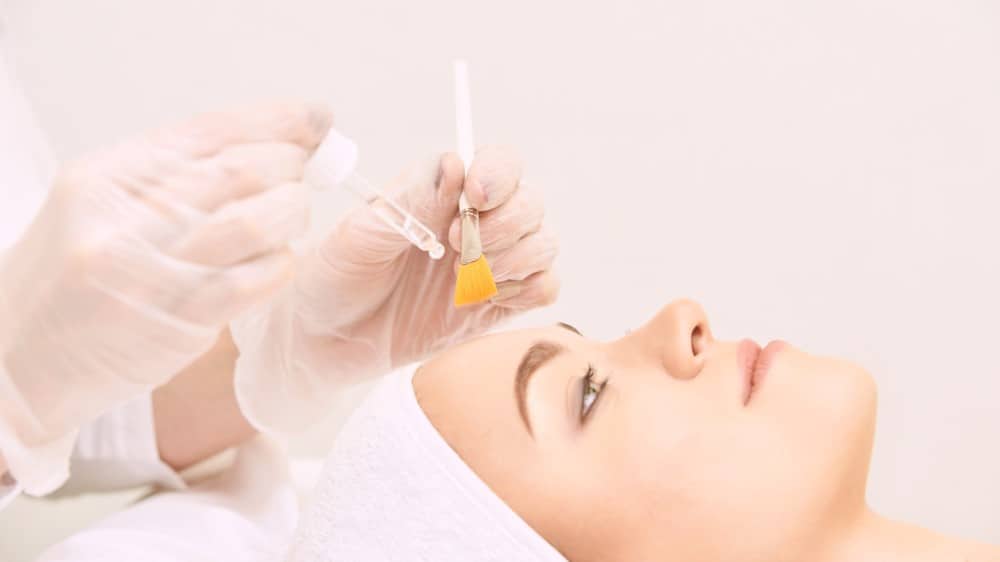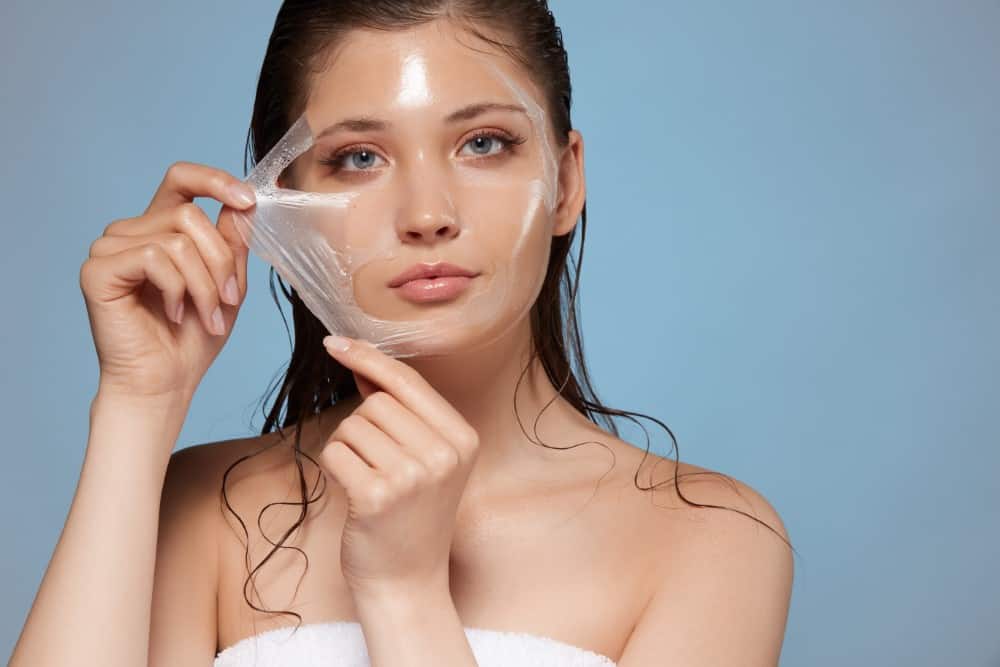
In recent years, chemical peels have been enjoying a surge in popularity. Because of their relatively inexpensive cost compared to other treatments and their effectiveness in stimulating the growth of new skin cells, they’re now the go-treatment for many.
When new non-surgical treatments start receiving this kind of attention, it’s only normal that we start noticing price variations – some are acceptable, while others are a question mark. So, what are the acceptable costs of chemical peels? That’s what we’ll discuss.
Main Topics
How Much Does Chemical Peel Cost?
There are several types of chemical peels. Light chemical peels and medium peels cost £60-£100 on average, while deeper peels are on the pricier side, costing around £500 and above.
Unfortunately, since chemical peels are considered a cosmetic procedure, it’s unlikely that your insurance will cover them. In some cases, insurance can cover the consultation, however.
What Factors Affect the Cost of Chemical Peels?
If you’re considering a chemical peel as your next skin treatment, here are the factors that could affect the cost you’ll be charged.
Practitioner Expertise and Clinic Choice
Because of their popularity, chemical peels are now available in different locations, from salons to off-the-shelf DIY products. Understandably, opting for the easy solution will be cheaper than if you were to get your chemical peel done by an experienced practitioner.
Since chemical peels involve applying a chemical solution to your face to remove dead skin cells, we’d highly recommend that you undergo the treatment by a qualified practitioner, just in case you face any unexpected side effects. Alternatively, choose a trusted clinic that’s on a register to ensure that they’re well-equipped to implement the procedure.
Tip: Always take an appointment for a consultation with the clinic or practitioner before the actual chemical peel session to know more about their qualifications, the type of chemical peel they recommend to use, possible side effects, and the insurance cover they provide.
Chemical Peel Type

As we’ve briefly mentioned, there are different types of chemical peels, and each one comes at a specific cost and follows a slightly different procedure when it comes to the depth by which they peel your skin.
Superficial/Light Peels
With light peels, dead skin cells are removed from the outer layer of skin, known as the epidermis. Precisely, the chemical solution (a mild acid) is applied to the skin and is left for a couple of minutes.
Following the peel, you may feel that your skin is rather tight for several hours. Moreover, this type of peel requires regular repetition to maintain its effects and improve the appearance of your skin.
What Are They for?
Generally, superficial peels are ideal for reducing blackheads, treating sun-damaged skin, anti-ageing, acne scars, unblocking pores, and minimizing oily skin.
Medium Peels
These peels go a step further to remove skin cells from both the top layer and middle layers of the skin. Like light peels, the chemical solution is applied and left for several minutes, but the difference is that these peels may give you a burning sensation or stinging feeling while they’re on your face.
Following the treatment, there’s a possibility that your skin may have a different skin tone than your usual (it can turn reddish or brownish) for a couple of days, and it can take between 5 days to 6 weeks for your skin to restore itself to its original state, depending on the skin conditions.
As for follow-up, you need to repeat a medium peel every 6-12 months to get the best results.
What Are They for?
They’re best for age spots, uneven skin tone and pigmentation, and superficial fine lines and wrinkles. They significantly help reduce their appearance.
Deep Peels
As their name implies, deep chemical peels are applied to both the middle and deep skin layers, which is why sometimes, local anaesthetics or sedatives are used to numb the pain. With a deep peel, the solution is applied but can be left for as long as 30 minutes on your face – sometimes more.
A deep peel can have serious side effects on the heart and kidneys, mainly due to the chemical that’s used in the process (phenol). Therefore, a medical practitioner needs to administer this particular peel so that they’ll monitor your heart and blood pressure.
Following the procedure, you may experience redness and discomfort as the peel happens. The redness, specifically, can last for around three months. Some people also experience some swelling that lasts for roughly two weeks. While that’s quite demotivating, the bright side is that its effects are long-lasting, so you won’t need to repeat it.
Tip: This peel may lighten up the skin tone, so it’s best not to go for it if you have darker skin.
What Are They for?
Deep peels are used for deep acne scars and more visible fine lines and wrinkles that can’t be treated by other peel types.
Number of Treatments
During your consultation, your dermatologist or medical practitioner will not only advise you on the kind of peel to use but also how many sessions you’ll require. Of course, that depends on your facial condition and what you’re being treated for—usually, the more frequent the treatment and the deeper the peel, the better the skin improvement.
Of course, the higher the number of sessions, the more you’ll have to pay.
Typically, superficial peels may require 3-6 sessions to effectively treat skin harmed by sun damage, acne scars, and ageing skin. Medium treatments need to be repeated every 6-12 months, and if deep scars, lines, and wrinkles are involved, the sessions may need to be repeated more frequently, or even deeper treatments would need to be used.
Final Words
All in all, the cost of a chemical peel session is undoubtedly more affordable than other facial treatment options, and the treatment can certainly work wonders for your damaged skin.
Yet, it’s vital that you follow your dermatologist’s aftercare instructions religiously, especially with medium and deep peels! And remember to spend enough time away from the sun to keep side effects to the minimum.